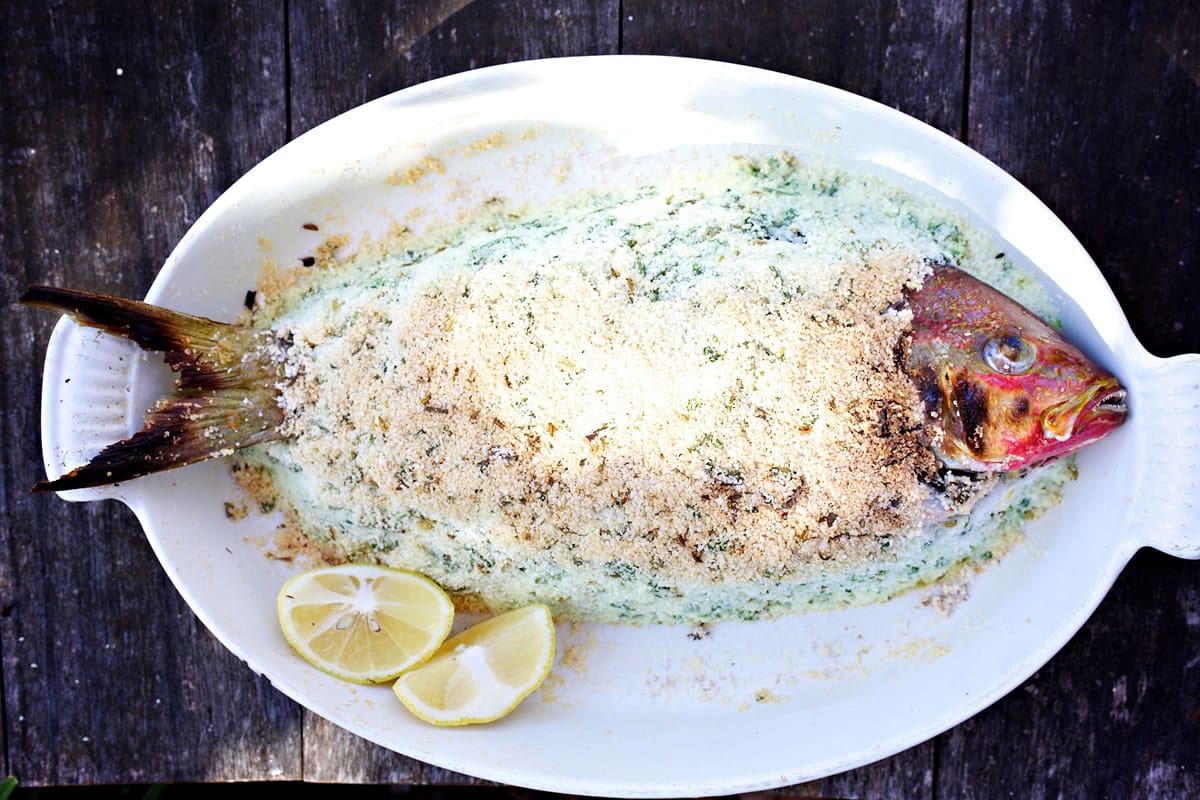If food is fashion, then there must always be a new “it” dish. This season, salt-roasted root vegetables are the Olivia Wilde of the culinary world.
They grace menus in Copenhagen (salt-baked beet with smoked marrow, pickled onions and elderberry capers), New York (salt-baked celery root with leek, ash and citrus cream) and Washington, where you can find salt-roasted carrots at Fiola, salt-roasted beet salad with spiced Virginia peanuts and goat cheese at Blue Duck Tavern and salt-roasted potatoes and beets accompanying the local pheasant at Equinox.
At Volt in Frederick, Md., chef-owner Bryan Voltaggio has experimented with salt-roasting celery root in a crust scented with celery seed and says the root’s resulting silky texture is akin to that of sashimi.
Salt roasting is not new. Along the Mediterranean, it has been used for centuries to keep fish flaky and moist. In China, the Hakka people for more than 2,000 years have roasted chickens by burying them in hot salt. “No one is reinventing the wheel here,” says Fabio Trabocchi, chef-owner of Fiola and Casa Luca. “This is one of those ancient culinary techniques that still resonates with us today.”



